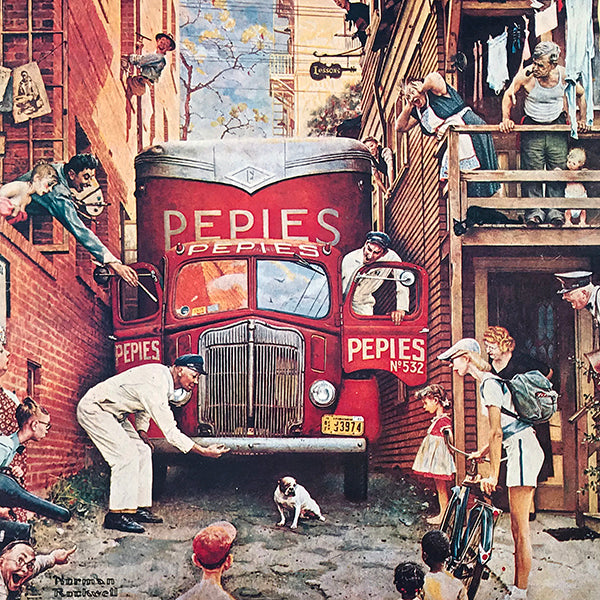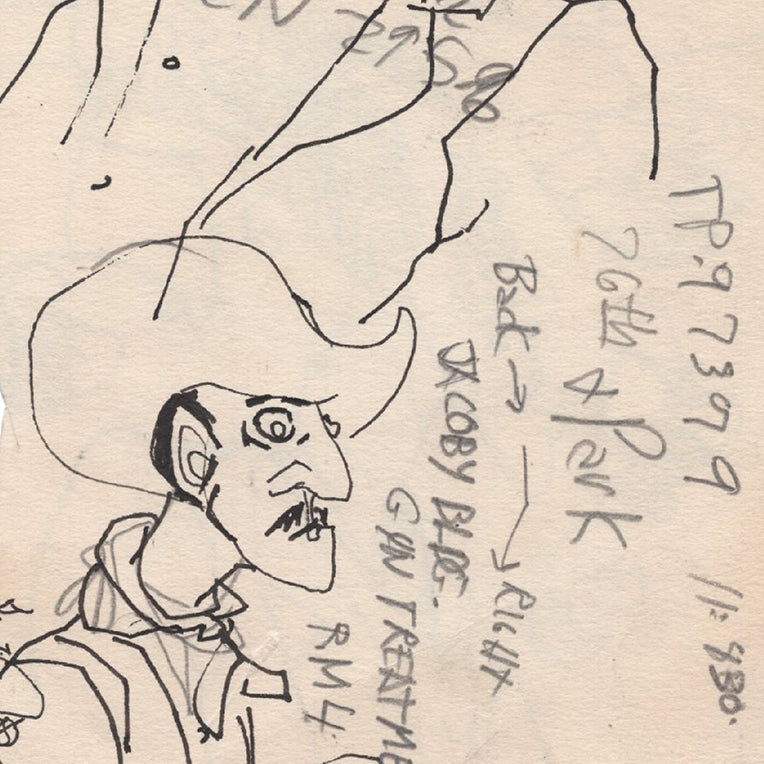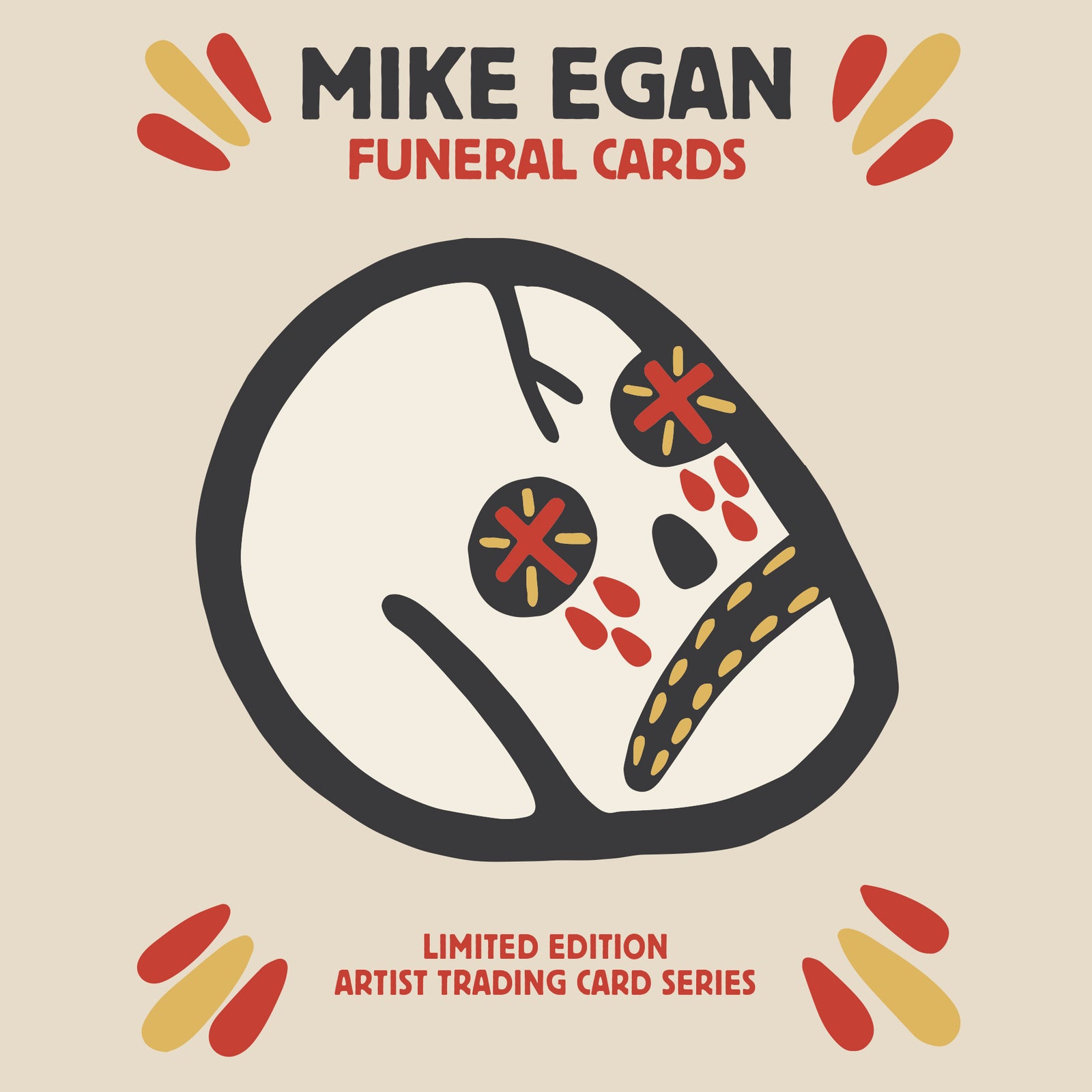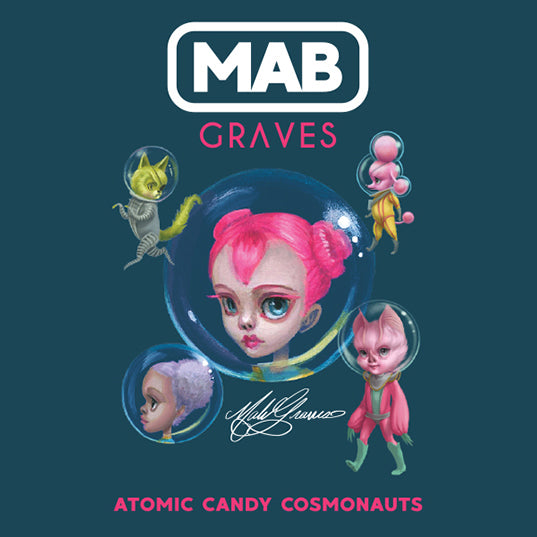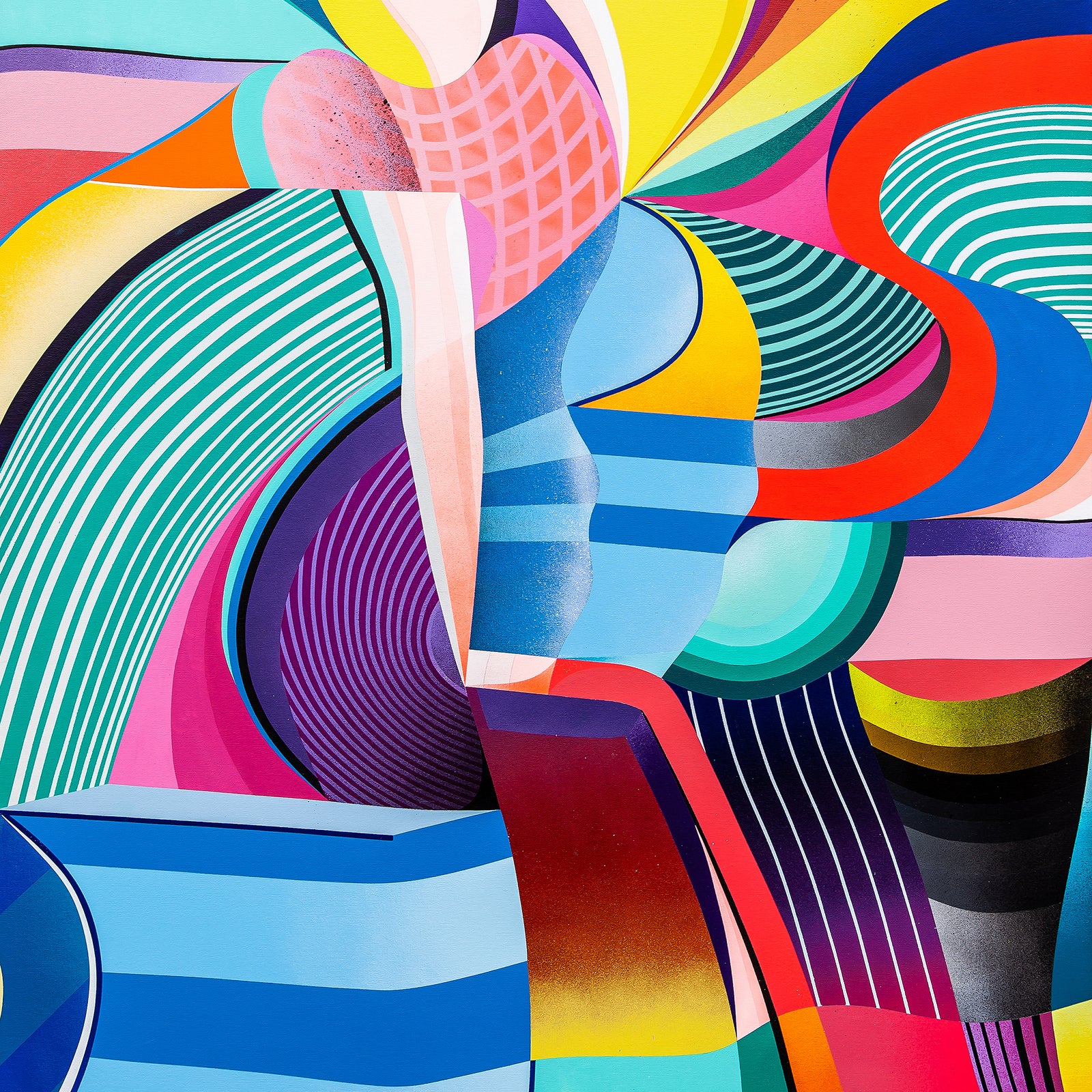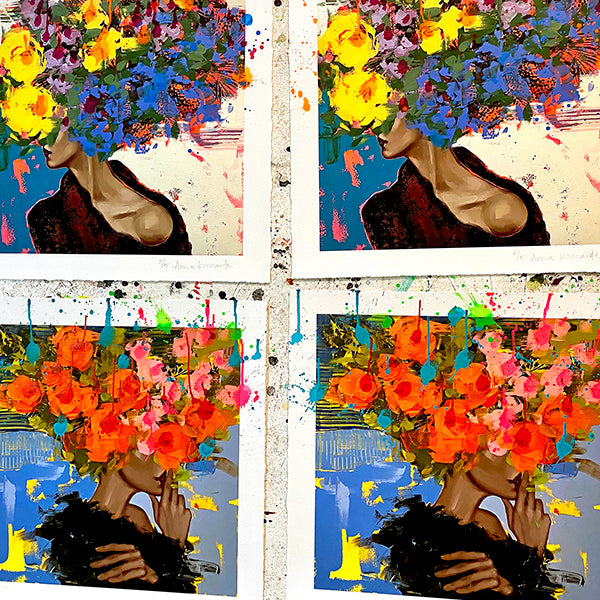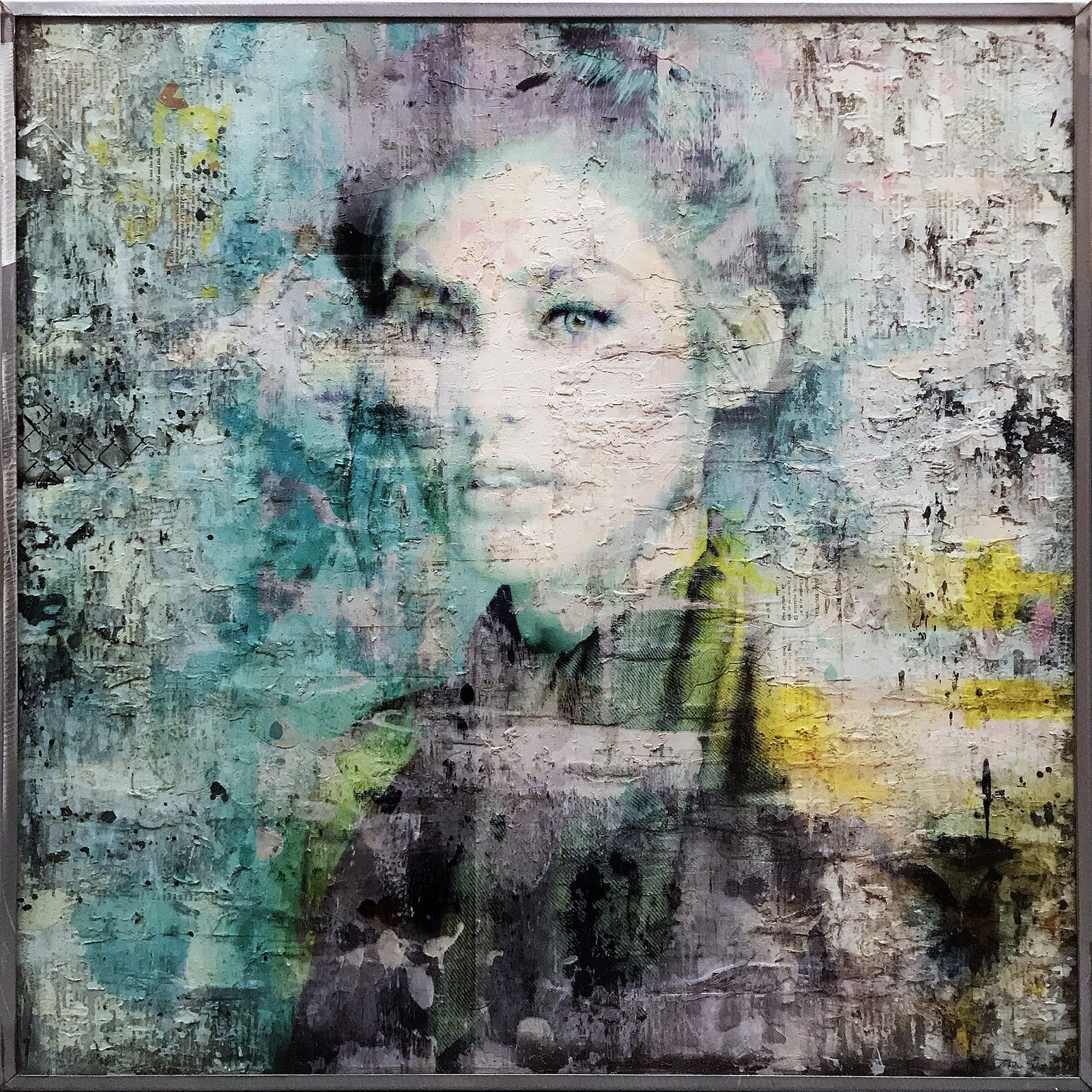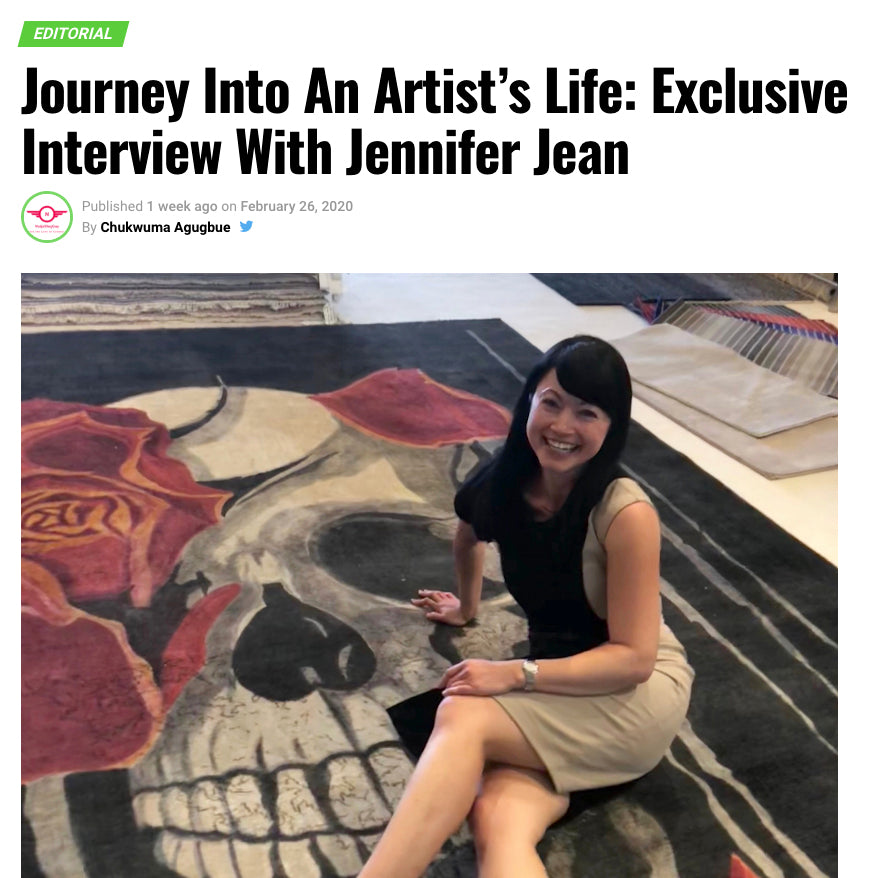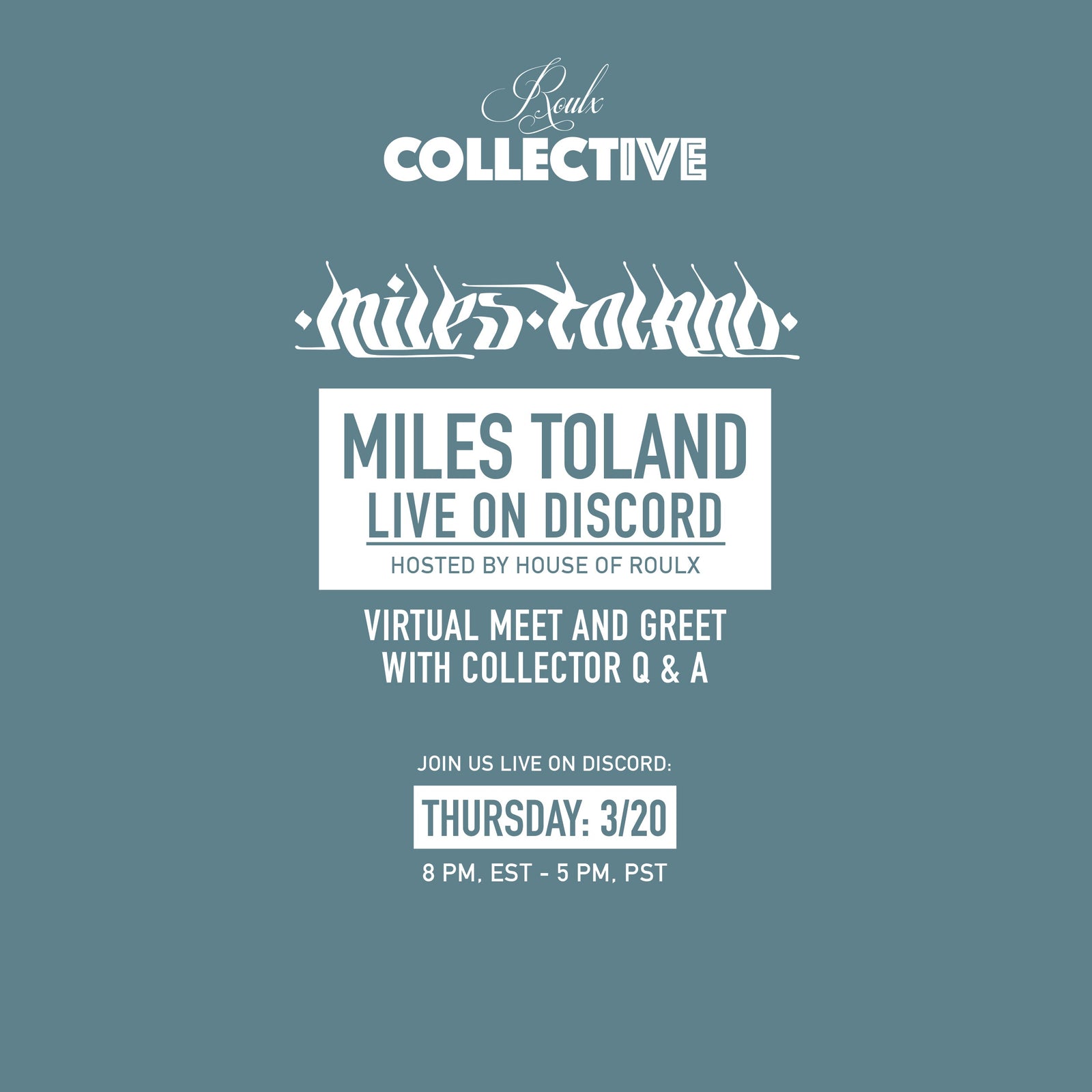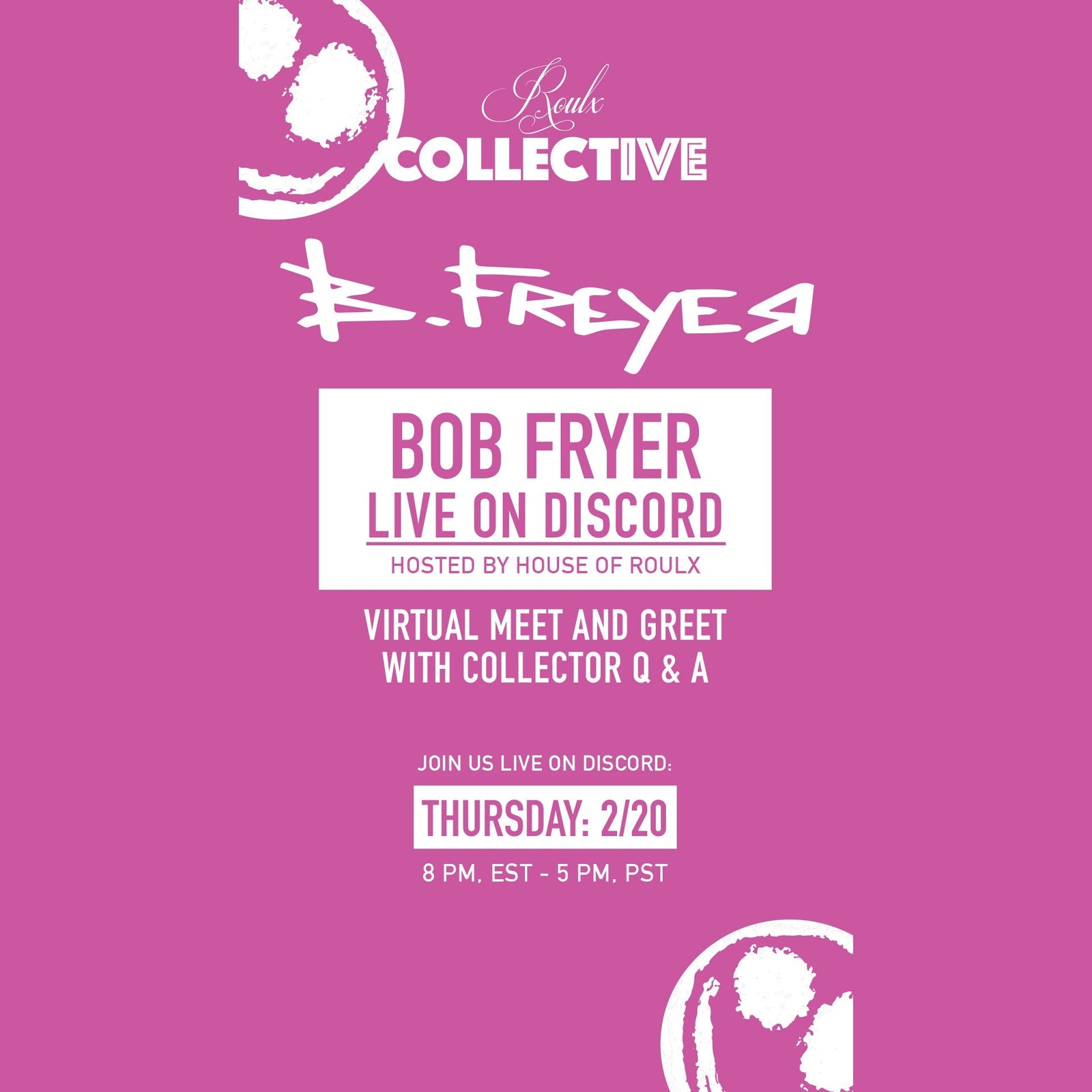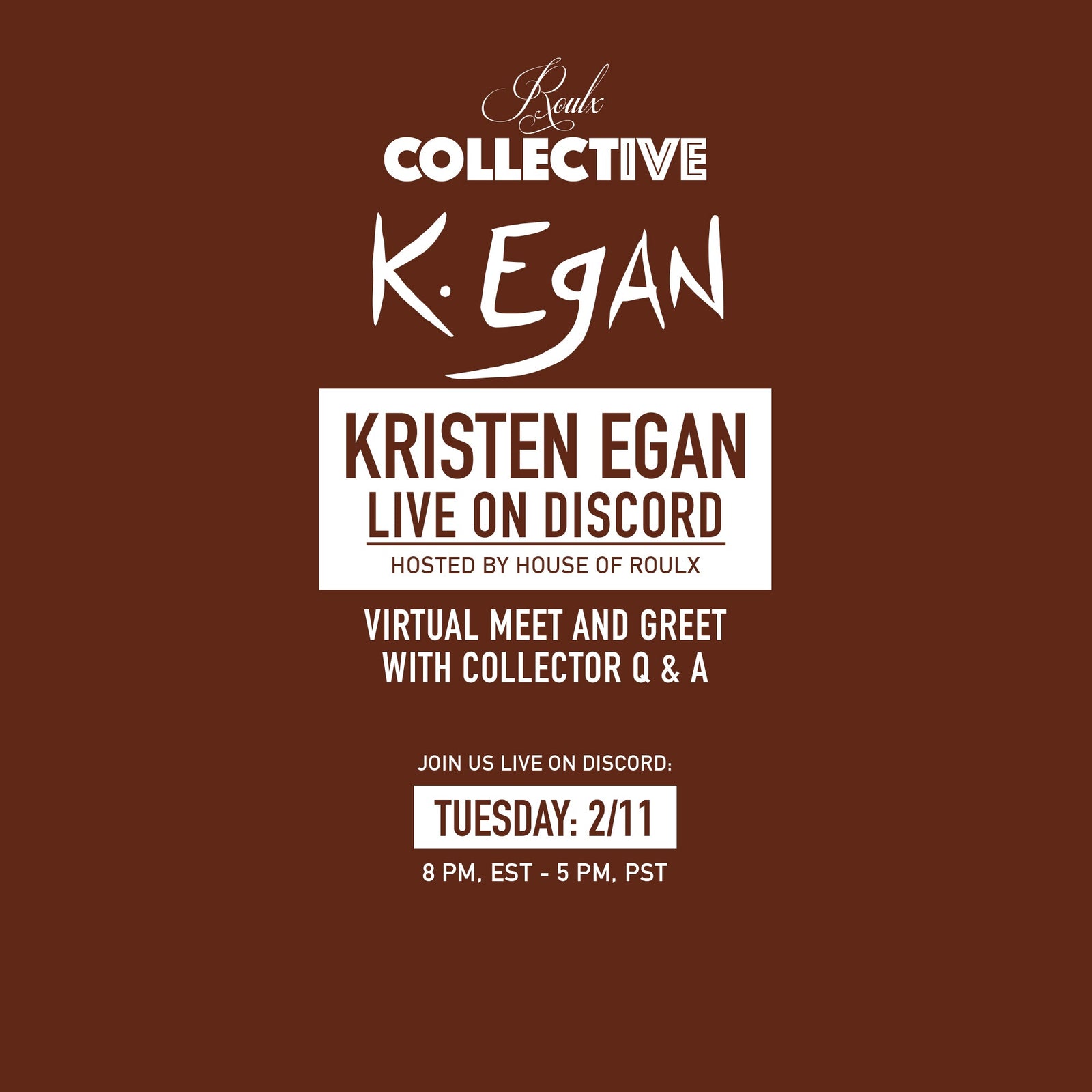Meet Jennifer Jean. A hapa who grew up in Philadelphia and has been creating art for over 15 years. She attended Syracuse University and received her MFA from Boston University. She worked as a gallery director, operations manager, and fine art consultant, and has been an adjunct educator at the Boston Museum of Fine Arts.
In this article, you’ll learn all about her story, her biggest influences, values and principles that led to her success and a lot more. This article is jammed with a lot of life-changing experiences.
Jennifer Jean is currently the President and Founding exhibition chair of the National Association of Women Artists, Inc. MA chapter. Recently I got a chance to interview Jennifer, and we spoke about her journey as an artist.
In this article, you’ll learn all about her story, her biggest influences, values and principles that led to her success and a lot more. This article is jammed with a lot of life-changing experiences.
1. Tell me about yourself (a brief background story) and what you do?
My name is Jennifer Jean, and I grew up in Philadelphia. I attended Syracuse University and received my MFA from Boston University. Art and being an artist are therapy for me, not just physically but psychologically and spiritually. My dual Buddhist-Catholic heritage is reflected in my work. I think of my art as an objective homage to my Eastern and Western traditions and to the raw architecture and sounds of the city. My 2D work (primary oil on canvas and wood) is a reflection of what is beautiful and sometimes misconceived in both cultures. My use of color and creative texture lend harmoniously from the natural world and my heritage influences.
Each piece I create is inspired by my own life, language, travel experiences, and poems. Poems have a way of speaking the truth, to empower and encourage the reader as 2D and 3D artworks affect the viewer. Conflict, balance, and harmony are reflected in each piece.
What do I do? My life is filled with creating, managing, mentoring, and communicating about modern and contemporary art. I worked as a gallery director, operations manager, and fine art consultant, and have been an adjunct educator at the Boston Museum of Fine Arts. I am currently the president and founding exhibition chair of the National Association of Women Artists, Inc. MA chapter. As one Gallery Director said ‘You are a character who is always smiling’. I know for myself I am unconventional but inspiring and outré at times — so what I do and create is a reflection of that. In short, I do artsy things.
2. Who were the biggest influences in your life?
My Mama has always been my creative inspiration, a safe and offbeat person. My first memory in the arts was being able to create a wall consisting of a large white or brown paper held by tape—my artistic Mama would say “wow me.” I thought this was the norm in everyone’s home. She would always hide my doodles from my Dad who feared the lack of security of being an artist.
Other influences, include Philadelphia. Outside of school, I spent many hours exploring the 1300 Chestnut Street murals, sketching at the Rodin Museum, and sitting/drawing in the Arms and Armor room at the Philadelphia Museum of Art. In addition, I sketched anyone who would let me and sometimes people I saw at a distance—I still remember the glares and fingers of unwilling subjects.
Happily, both continue to be strong forces and inspiration to me. This year I started my COPA Artist in Residence ‘the Arts in the Court project 2020-2023’ for judge’s chambers where my 60×48 inches oils give us a glimpse into an earlier period of Philadelphia history where the city was the “workshop of the world”. The potential subjects include the manufacturing line at old industrial companies such as a Bergodoll brewery, the Tasty Cake Company, Philco Radio Company, and steel making at Midvale Heppenstall.
3. What do you think about when you create art?
I always start by writing ideas. These thoughts lead to themes adding conflict, balance, and harmony to shape my work’s form and energy.
From the written ideas, images are formed from quick sketches, and the work begins. Every piece in the series is a representation of an idea. I did this with my current theme: ‘Knots of the mind’ which explores the ongoing melee between the heart and the mind, complicated by love, hunger, power, doubt.

4. What values and principles have led to your success?
A constant thirst for knowledge and determination. I’m lucky to have my Mama’s gift at following through with things. She would say “Listen to yourself as there is always another way,” Those words along with “one, done and move on” are constant reminders of why I love being an artist.
As long as I am able to create art, write, and experience the joys of life—a hopeful outlook—then I have achieved some balance. Balance consists of always learning, experiencing, and pushing myself to reach for more—an ongoing narrative where I hope to always be surrounded by honest critics, and people who are inspiring and stimulated in their own lives. Laughing is a must, and being loved and respected by intelligent people. I want to be mind-blown and leave this world a little better.
5. Do you have a special ritual when you create art?
I’m a creature of habit! My personality keeps me listening to the same album when creating a piece and ultimately a series. I sit on the ground a pillow covered with paint along with standing constantly when my bum is numb. I am able to close off the outside, which I am grateful for.
6. Any other hobbies we should know about?
I love anything water-related especially vacationing on lakes where I can waterski and so forth. Other than collecting books, I collect shells from my travels. They are so beautiful and to know they were once a home that provided shelter for a beautiful or unsightly creature is incredible.
7. What advice would you give to your younger self?
No preparation is enough to be a full-time artist. You just need to persist and dive in.
“I think a lot of making art is listening to yourself,” said Kiki Smith. This holds true to how you want to be perceived on social media. By listening to oneself you are never limited—it is your own vision.



